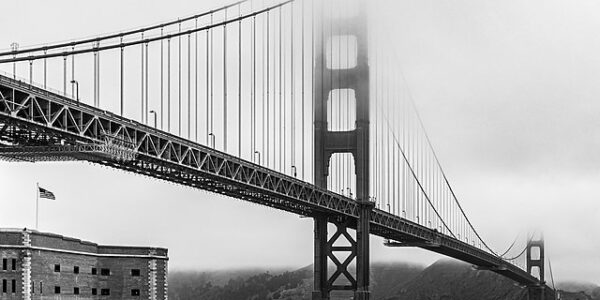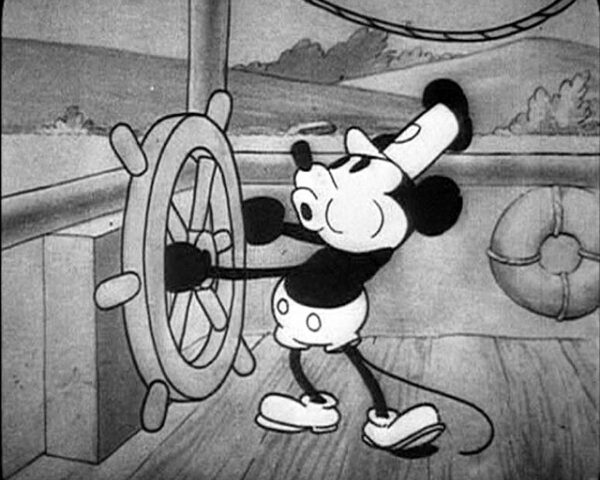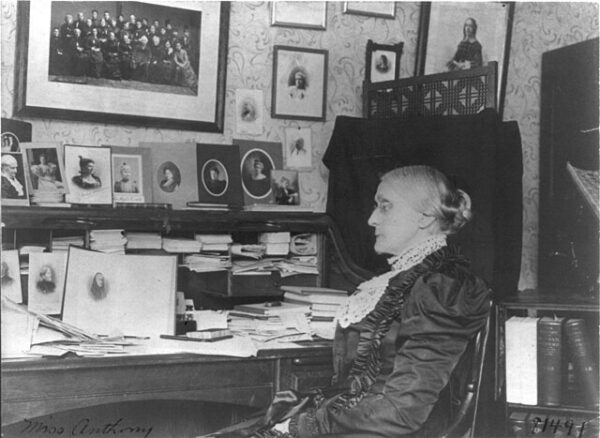On May 27, 1937, the Golden Gate Bridge, an iconic marvel of engineering and design, was opened to the public for the first time. The bridge, which spans the Golden Gate Strait, connects San Francisco to Marin County and is considered one of the greatest infrastructure achievements of the 20th century.
The idea of constructing a bridge across the Golden Gate Strait was first proposed in the early 20th century. San Francisco, thriving and growing, was in dire need of a direct link to the counties north of the city. However, the concept faced significant skepticism due to the challenging environmental conditions, including strong tides, deep water, and frequent fog. Despite these concerns, visionary chief engineer Joseph Strauss championed the project, promising to create a structure that was not only functional but also aesthetically pleasing.
Construction began on January 5, 1933, amidst the economic hardships of the Great Depression. The project provided thousands of jobs, offering hope and financial stability to many. The engineering challenges were immense. The team had to innovate and overcome obstacles such as creating the underwater foundations and constructing the towers that would support the massive suspension cables. The bridge’s design, featuring Art Deco elements and its distinctive International Orange color, was developed in consultation with architects and designers to ensure it would be a beautiful addition to the landscape.
The completion of the bridge in 1937 was a testament to human ingenuity and perseverance. On its opening day, May 27, the Golden Gate Bridge was celebrated with a “Pedestrian Day,” during which approximately 200,000 people walked, ran, and even roller-skated across its 1.7-mile span. The following day, the bridge was officially opened to vehicle traffic, marking the beginning of a new era in Bay Area transportation.
The Golden Gate Bridge quickly became a vital transportation link, significantly reducing travel time between San Francisco and Marin County. It also became a symbol of San Francisco and a beloved landmark recognized worldwide. Its elegant design and the challenges overcome in its construction continue to inspire engineers and architects.
Today, the Golden Gate Bridge stands not only as a critical infrastructure piece but also as a cultural and historical symbol. It attracts millions of visitors each year, who marvel at its scale and beauty. The bridge has been declared one of the modern wonders of the world and remains a testament to the power of visionary engineering and the enduring human spirit.






